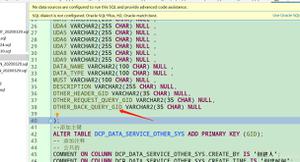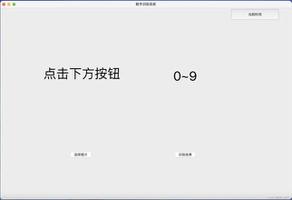不使用递归计算链表中元素出现次数的Python程序
当需要在不使用递归的情况下统计某个元素在链表中出现的次数时,一种向链表添加元素的方法,一种显示链表元素的方法,以及一种计算出现次数的方法值的定义。
以下是相同的演示 -
示例
class Node:输出结果def __init__(self, data):
self.data= data
self.next= None
class my_linked_list:
def __init__(self):
self.head= None
self.last_node= None
def add_value(self, my_data):
ifself.last_nodeis None:
self.head = Node(my_data)
self.last_node = self.head
else:
self.last_node.next = Node(my_data)
self.last_node = self.last_node.next
def print_it(self):
curr = self.head
while curr:
print(curr.data)
curr = curr.next
def count_val(self, key):
curr = self.head
my_count = 0
while curr:
ifcurr.data== key:
my_count = my_count + 1
curr = curr.next
return my_count
my_instance = my_linked_list()
my_list = [56, 43, 70, 67, 89, 91, 70, 23, 46, 70]
for elem in my_list:
my_instance.add_value(elem)
print("链表包含以下元素:")
my_instance.print_it()
key_val = int(input('Enter the data item: '))
count_val = my_instance.count_val(key_val)
print('{0} occurs {1} time(s) in the list.'.format(key_val, count_val))
链表包含以下元素:56
43
70
67
89
91
70
23
46
70
Enter the data item: 70
70 occurs 3 time(s) in the list.
解释
创建了“节点”类。
创建了另一个具有必需属性的“my_linked_list”类。
它有一个“init”函数,用于初始化第一个元素,i.e“head”为“None”,最后一个节点为“None”。
定义了另一个名为“add_value”的方法,用于向链表添加数据。
定义了另一个名为“print_it”的方法,它遍历列表并打印元素。
定义了另一个名为“count_val”的方法,用于查找链表中特定元素的出现频率。
创建了“my_linked_list”类的对象。
调用 count_val 方法以查找特定元素的频率。
此输出显示在控制台上。
以上是 不使用递归计算链表中元素出现次数的Python程序 的全部内容, 来源链接: utcz.com/z/335580.html





